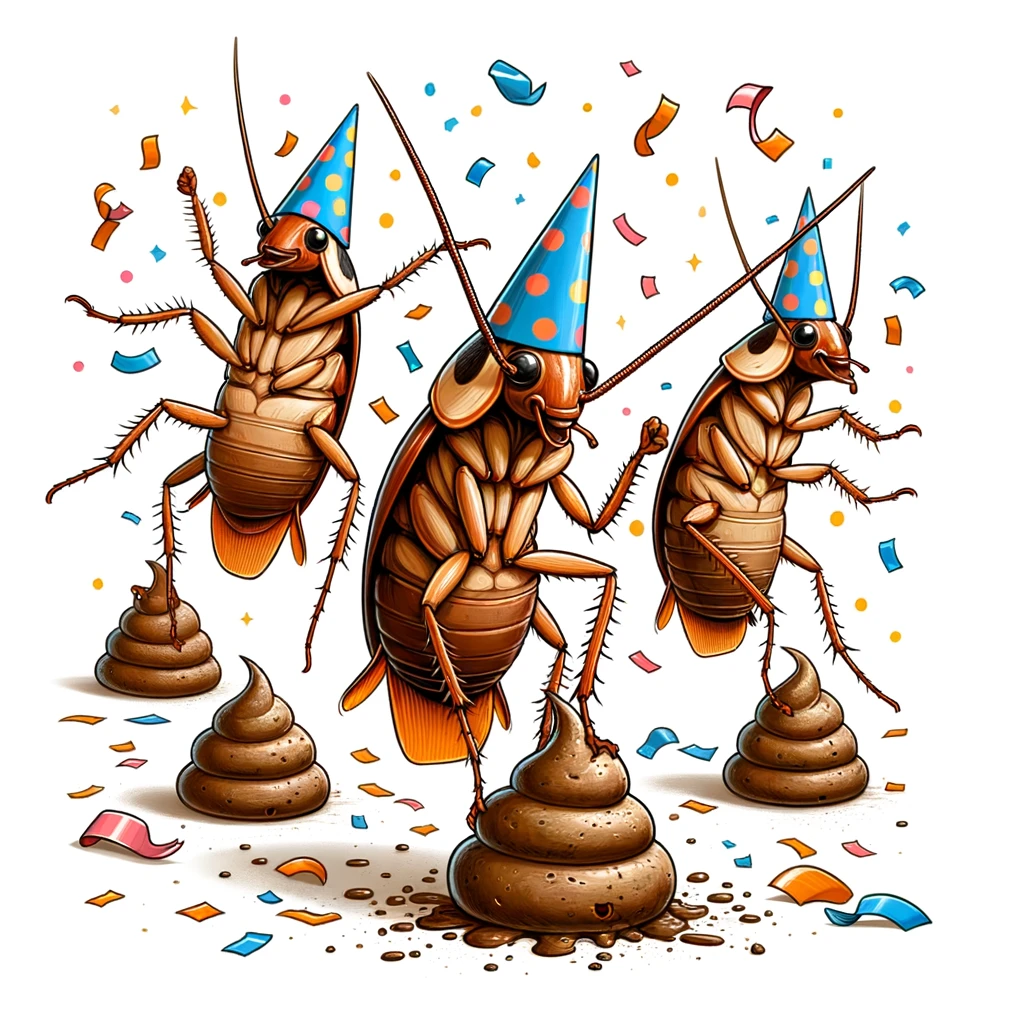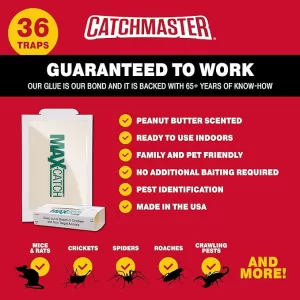Cockroach Poop: A Telltale Sign of Infestation
 Cockroach Poop: A Telltale Sign of Infestation
Cockroach Poop: A Telltale Sign of Infestation
Discovering cockroach poop in your home is a clear indicator of an unwelcome cockroach presence. These pests are not just a nuisance but also pose health risks by spreading bacteria and triggering allergies. Understanding the appearance and common locations of cockroach droppings can help you identify an infestation early and take necessary action. This guide provides essential insights into recognizing cockroach poop and effectively addressing the underlying infestation.
Identifying Cockroach Poop
Cockroach droppings are distinct in appearance, varying slightly among different species. Generally, these droppings are small, dark, and cylindrical, often resembling black pepper or coffee grounds. The size and shape can provide clues about the type of cockroach inhabiting your space.
Characteristics of Cockroach Droppings
- Size: Ranges from very small specks to larger droppings, depending on the cockroach species.
- Color: Typically black or dark brown.
- Shape: Cylindrical, with blunt ends; larger species may produce ridged droppings.
Common Locations for Cockroach Droppings
Cockroaches prefer dark, moist environments close to food sources. Their droppings are often found in:
- Kitchen Cabinets: Check corners, shelves, and under the sink.
- Appliances: Behind and beneath refrigerators, stoves, and dishwashers.
- Storage Areas: In closets, basements, and attics where boxes and clutter provide hiding spots.
Health Risks Associated with Cockroach Droppings
Cockroach droppings can contribute to health problems, including:
- Allergies and Asthma: The allergens in cockroach droppings can trigger asthma attacks and allergic reactions.
- Disease Transmission: Cockroaches can spread bacteria like Salmonella through their droppings, contaminating food surfaces and utensils.
Addressing Cockroach Infestations
If you find cockroach poop in your home, it’s crucial to act quickly to eliminate the infestation:
- Clean Up: Safely clean the affected areas, wearing gloves and using a vacuum with a HEPA filter to remove droppings.
- Eliminate Food Sources: Store food in sealed containers and keep your kitchen clean.
- Seal Entry Points: Fill cracks and gaps in walls, floors, and around windows and doors.
- Professional Pest Control: For severe infestations, consider hiring a pest control professional to apply safe and effective treatments.
Conclusion
Recognizing the signs of cockroach poop is key to early infestation detection. By understanding where to look and what to look for, you can take proactive steps to maintain a healthy and cockroach-free home. Regular cleaning, proper food storage, and sealing entry points are essential practices to prevent cockroach infestations.
Call to Action
Have you encountered cockroach droppings in your home? Share your experiences and tips for dealing with infestations in the comments below.
- The Life Span of a Cockroach
- Do Cockroaches Eat Clothes?
- Do Cockroaches Have Teeth?
- Shrimps and Cockroaches
- Will Sleeping with the Light On Keep Cockroaches Away?
- How to get roaches out of your car overnight
- Do Cockroaches Feel Pain?
- How Many Legs Do Cockroaches Have?
- Comparing Cockroach Eggs Size for Different Types of Cockroaches
- Identifying a Cockroach Bite on the Lips or Face
- Black Water Bug Identification and Control
- Why Do Water Bugs Come Out At Night?
- What Does Roach Rash Look Like?
- Can Cockroaches Bite Your Eyelid?
- Can Cockroaches Live in Your Balls?
- How did cockroaches get their name?
- Why Do Cockroaches Shed Their Skin?
- What Smell do Palmetto Bugs Hate?
- Baby Palmetto Bug: Identification and Control
- Cockroach Eggs vs Poop: How to Tell the Difference
- How to Get Rid of Water Bugs
- How Long Can a Cockroach Live Without Air?
- The Lifecycle of the German Cockroach: From Egg to Adult
- Do Mice Eat Roaches
- Wood Roach vs. Cockroach

